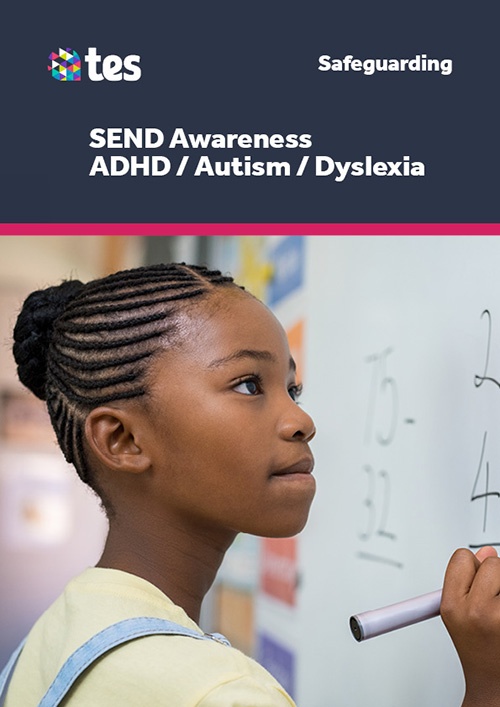_960.jpg)
In the news: School exclusion of autistic boy unlawful, judge rules
The BBC News website featured a story about the unlawaful ruling of the exclusion of an autistic boy after he hit a teaching assistant with a ruler.
The incident took place in February 2016 when the child, known only as "L", was given a one-and-half day exclusion.
The case made the headlines when a judge in the Upper Tribunal ruled that "aggressive behaviour is not a choice for children with autism".
This recognition of the behaviour of children on the Autism Spectrum is an important step and the judge continued with further comment:
"In that context, to my mind it is repugnant to define as 'criminal or anti-social' the effect of the behaviour of children whose condition (through no fault of their own) manifests itself in particular ways so as to justify treating them differently from children whose condition has other manifestations."
Jane Harris, Director of External Affairs at the National Autistic Society, said:
Return to news“This is a landmark verdict which could transform the prospects of future generations of children on the autism spectrum, by helping them get the education they deserve."
Autism Awareness
This course provides an overview of Autism for those that work with children and young people in education. It covers what autism is, its prevalence and causes, how it is diagnosed and the implications for pupil learning.
Read moreAutism Awareness
After completing this course you will:
- understand what autism is
- know the terminology used to describe autism
- learn about the prevalence of autism
- understand how autism is diagnosed
- be able to identify the indicators that may suggest the presence of autism
- recognise the ways that autism can affect learning
- understand how to report concerns about autism
- have learnt tips for an autism-friendly approach in classroom environments.
SEND Awareness Courses - Dyslexia, ADHD, Autism
SEND Awareness contains three one-module courses, written in partnership with Connect.
- Autism Awareness - covers what autism is, its prevalence and causes, how it is diagnosed and the implications for pupil learning.
- Dyslexia Awareness - provides an overview of dyslexia and visual stress for those that work with children and young people.
- ADHD Awareness - covers the causes, prevalence, symptoms and diagnosis through to treatment and how to support children with ADHD.
SEND Awareness Courses - Dyslexia, ADHD, Autism
Written in partnership with Connect, SEND Awareness includes three one-module courses designed to provide an overview of Autism, Dyslexia, and ADHD for those working in education.
Read moreAutism Awareness
After completing this course you will:
- understand what autism is
- know the terminology used to describe autism
- learn about the prevalence of autism
- understand how autism is diagnosed
- be able to identify the indicators that may suggest the presence of autism
- recognise the ways that autism can affect learning
- understand how to report concerns about autism
- have learnt tips for an autism-friendly approach in classroom environments.
SEND Awareness Courses - Dyslexia, ADHD, Autism
SEND Awareness contains three one-module courses, written in partnership with Connect.
- Autism Awareness - covers what autism is, its prevalence and causes, how it is diagnosed and the implications for pupil learning.
- Dyslexia Awareness - provides an overview of dyslexia and visual stress for those that work with children and young people.
- ADHD Awareness - covers the causes, prevalence, symptoms and diagnosis through to treatment and how to support children with ADHD.
How to be Autism-Friendly
Autism is a spectrum condition meaning that individuals will share certain difficulties, but their condition will affect them in different ways.
Read more


